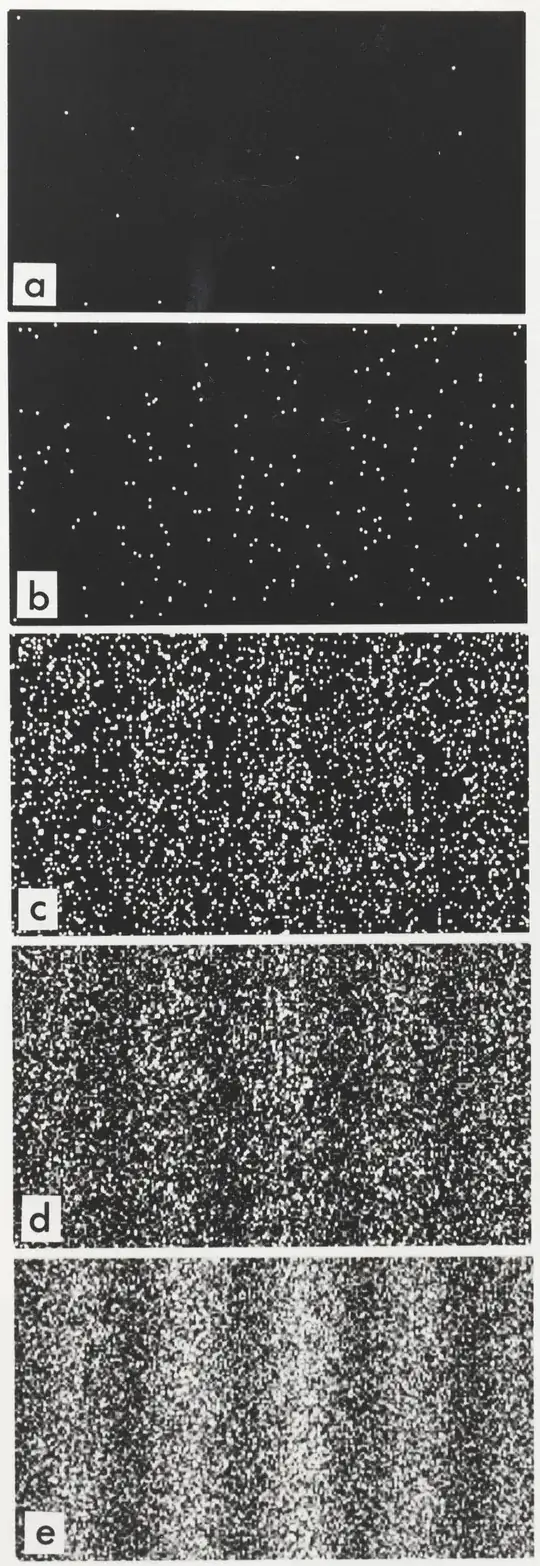In the past couple of weeks I’ve re-watched Sidney Coleman’s wonderful 1994 lecture “Quantum Mechanics” in Your Face” and Sean Carroll’s 2019 Google talk “Something Deeply Hidden: Quantum Worlds & the Emergence of Spacetime”. They’re both fascinating and undergrad accessible, and I highly recommend treating yourself to both.
Coleman, 1994: https://www.youtube.com/watch?v=EtyNMlXN-sw
Carroll, 2019: https://www.youtube.com/watch?v=F6FR08VylO4
Both professors dismiss the Copenhagen Interpretation’s concept of wave collapse, treat the observer as a QM system, and set up the “many worlds” interpretation (MWI) of QM, although both express reservations about that name, which was coined by others.
My question is, how do professional physicists who subscribe to the MWI explain the electron double-slit interference pattern? If every quantum decision splits the wave function into branching histories, and we shoot 1000 electrons one-at-a-time at a double slit, then the wave function should split into 2^1000 "worlds" corresponding to every combination of which slit each electron passed through. But then none of the 2^1000 observers would ever see interference between electrons coming from the left AND right simultaneously. They would each just see two overlapping single slit patterns with no “dark” bands.
I’m not a professor, but the way I’ve explained it to myself is that those branching histories must actually come back together and even prune some branches off the "tree". When you shoot an electron through the slits and it hits a “bright” band of the double-slit pattern, its left and right histories come back together into one. If an electron hits a “dark” band, the two histories that got it there are incompatible, and so they prune each other off of the tree, and so no history that leads to an electron in the dark band will survive.
But again, that’s just me telling myself a story that makes sense to me. Have any professional physicists published theories about the branching “many worlds” recombining or pruning each other? If not, how else do they explain the double slit pattern?
OP EDIT: Some commenters said that even in the MWI, the electron passes through both slits and creates an interference patter. I’m skeptical of this claim about MWI, because it would still require that electron’s wave function to collapse—Copenhagen style—to a single point on the target, and getting rid of Copenhagen collapse was a major motivator of MWI.
I would also be clear that I’m asking what MWI supporters believe about this issue, not whether people think MWI is correct or not.
Also, yes I know that serious MWI proponents don't literally believe in "worlds" "splitting". It's just terminology, and both professors voiced this reservation about the name in the lectures I linked.
